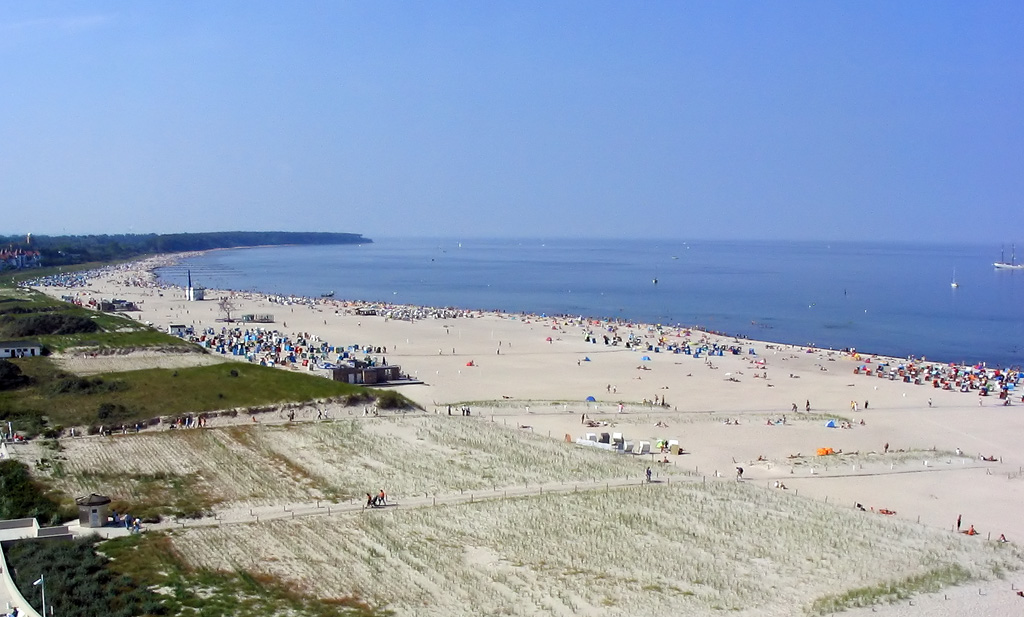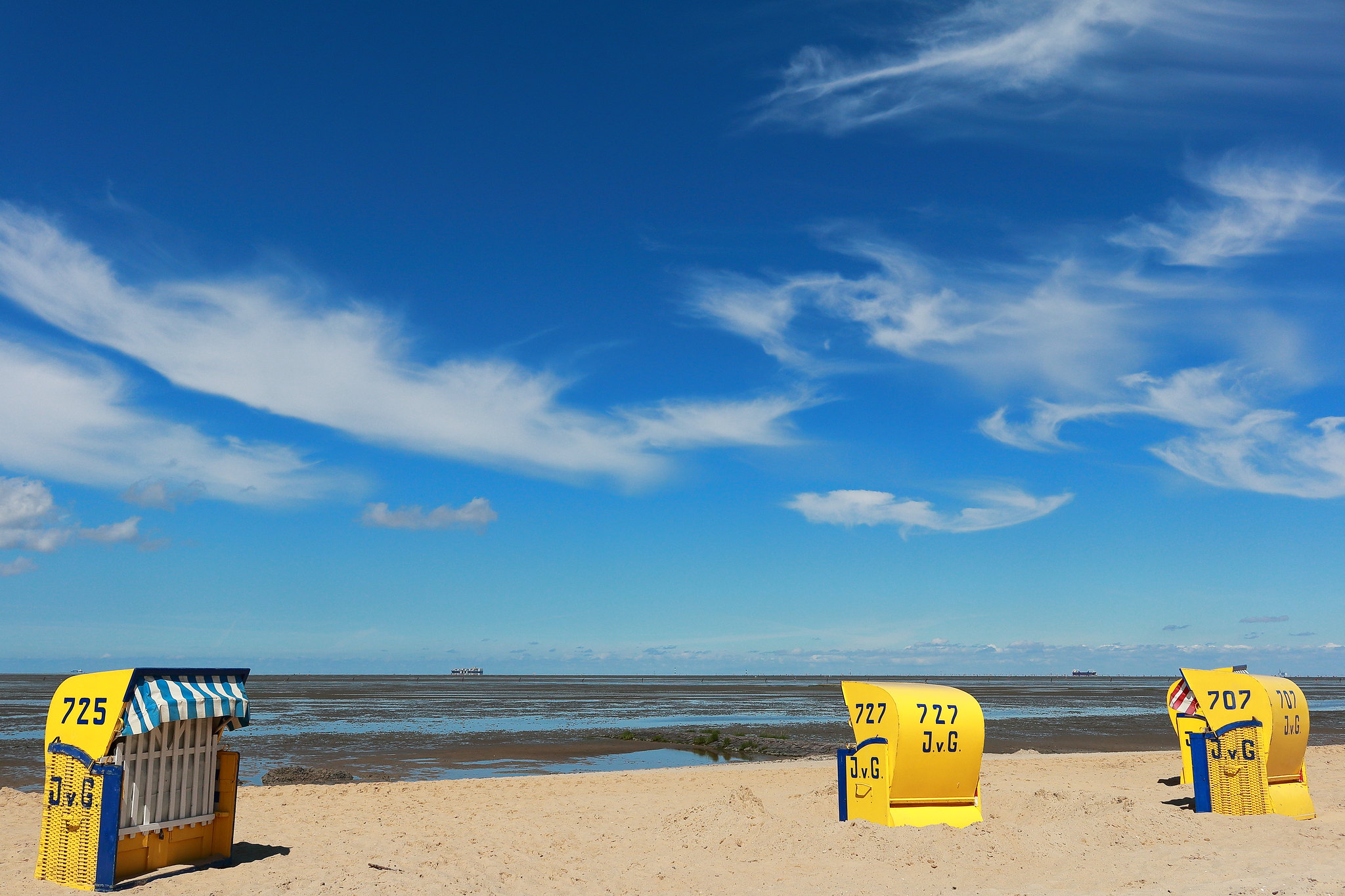Nude Beach Overview
Warnemünde FKK Strand is a popular nude beach located in the seaside resort town of Warnemünde, near Rostock on Germany’s Baltic Sea coast. Known for its clean, wide sandy shores and relaxed atmosphere, the beach is part of the region’s long tradition of Freikörperkultur (FKK), or free body culture, where naturism is embraced. The FKK section is clearly marked and offers a welcoming environment for visitors who prefer sunbathing and swimming without clothing.
The beach is easily accessible and features gentle waves, making it suitable for families and individuals alike. Surrounded by dunes and natural scenery, Warnemünde FKK Strand provides a peaceful retreat from the busier main beaches, while still being close to amenities such as cafes, restrooms, and parking. Its open, tolerant vibe and beautiful setting make it a favorite destination for both locals and tourists seeking a genuine FKK experience on the Baltic coast.
Amenities







How to Get There
By public transport: Take a train or S-Bahn from Rostock Hauptbahnhof (main station) to Warnemünde. The S-Bahn S1 line runs frequently and the journey takes about 20 minutes, costing around €3-5. From Warnemünde train station, walk towards the beach promenade.
The FKK (nudist) section of Warnemünde Beach is located to the west of the main beach area. Follow signs for "FKK Strand" or "Weststrand"—it’s about a 20-minute walk along the promenade or beach from the station.
By car or taxi: From Rostock, drive north on the B103 towards Warnemünde. The drive takes about 25 minutes and covers roughly 15 kilometers. Once in Warnemünde, follow signs for "Strand" (beach) or "FKK Strand."
Paid parking is available near the beach promenade, especially at the large parking lots on Parkstraße or Am Bahnhof. From the parking area, walk west along the promenade to reach the FKK section.
By foot: If you are staying in Warnemünde, the FKK beach is easily accessible on foot. From the town center or the main promenade, walk west along the beach for about 15-20 minutes.
The FKK area is clearly marked and separated from the textile (clothed) sections, offering a relaxed and natural atmosphere right on the Baltic Sea.

Frequently Asked Questions
Is nudity mandatory at Warnemünde FKK Strand?
Nudity is optional but widely practiced at Warnemünde FKK Strand. Most visitors choose to be nude, but you are welcome to undress at your own pace. Please respect the naturist spirit of the area.
What are the local laws and social norms around nudity?
Germany has a long tradition of Freikörperkultur (FKK), or free body culture. Public nudity is legal and accepted in designated FKK areas like this beach. Outside these zones, please cover up. Always be respectful and discreet when moving between FKK and textile (clothed) areas.
What is the typical crowd like?
Warnemünde FKK Strand welcomes all adults, couples, families, and groups. The atmosphere is relaxed, friendly, and non-judgmental. You’ll find a mix of locals and tourists, with a range of ages and body types.
How do I get there? Is the beach accessible?
Warnemünde is easily reached by train or car from Rostock. The FKK section is signposted and located at the northern end of the main beach. Parking is available nearby, but it can fill up on sunny days. The terrain is sandy and mostly flat, with some dunes—wheelchair access may be limited in certain areas.
What amenities are available?
There are public toilets and outdoor showers close to the FKK area. Food stalls and beach cafés are within walking distance, though not directly on the FKK section. Bring your own shade (like a beach umbrella), as natural shade is limited.
Is the beach safe and private?
Warnemünde FKK Strand is generally safe, with lifeguards on duty during peak season. The FKK area is set apart from the main beach, offering a degree of privacy, but it is still a public space. Keep an eye on your belongings and respect others’ personal space.
What are the rules about photography, conduct, and pets?
Photography is strictly prohibited to protect everyone’s privacy. Always ask permission before taking any photos, even of your own group. Respectful, quiet behavior is expected—no loud music or disruptive activities. Dogs are allowed on certain sections of the beach but must be leashed and cleaned up after; check local signage for details.
When is the best time to visit?
The beach is most popular from late spring to early autumn (May–September), with July and August being peak months. Early mornings and weekdays are quieter if you prefer a more peaceful experience.




.jpeg)
